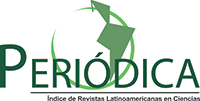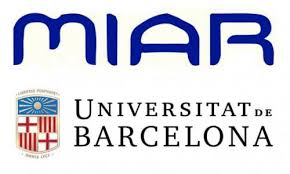Simulation of pathological manifestations in diaphragm wall through ultrasonic wave propagation
DOI:
https://doi.org/10.21041/ra.v12i2.564Keywords:
diaphragm wall ultrasonic wave propagation; strength and stiffness.Abstract
This research aimed to simulate pathological manifestations in diaphragm wall using concrete produced with different additions of synthetic polymer, in order to obtain models of strength and stiffness prediction through ultrasound wave propagation. Compression tests were performed to determine strength and stiffness, as well as ultrasound tests by direct and indirect method on concrete produced with different concentrations of synthetic polymer. The results suggested a decrease in the mechanical and acoustic properties of concrete with the increase in the concentration of synthetic polymer. The models generated by the ultrasonic test were statistically significant, at 95% confidence level, and the correlations established in concrete can be applied in the detection of pathological manifestations in loco.
Downloads
References
Associação Brasileira de Normas Técnicas (1997). NBR 11578: Cimento Portland Composto. Rio de Janeiro.
Associação Brasileira de Normas Técnicas (2003). NBR NM 248: Agregados: Determinação da composição granulométrica. Rio de Janeiro.
Associação Brasileira de Normas Técnicas (2006). NBR NM 45: Agregados: Determinação da massa unitária e do volume de vazios. Rio de Janeiro. 2006.
Associação Brasileira de Normas Técnicas (2009). NBR NM 53: Agregado graúdo – Determinação da massa específica, massa específica aparente e absorção de água. Rio de Janeiro.
Associação Brasileira de Normas Técnicas (2009). NBR NM 52: Determinação da massa específica de agregados miúdos por meio de frasco Chapman. Rio de Janeiro.
Associação Brasileira de Normas Técnicas (1998). NBR NM 67: Concreto: determinação da consistência pelo abatimento do tronco de cone. Rio de Janeiro.
Associação Brasileira de Normas Técnicas (2005). NBR 9778: Argamassa e concreto endurecidos – Determinação da absorção de água por imersão – Índice de vazios e massa específica. Rio de Janeiro.
Associação Brasileira de Normas Técnicas (2009). NBR 7211: Agregados para concreto - Especificação. Rio de Janeiro.
Associação Brasileira de Normas Técnicas (2016). NBR 5738: Concreto: Procedimento para moldagem e cura de corpos de prova. Rio de Janeiro.
Associação Brasileira de Normas Técnicas (2018) NBR 5739: Ensaio de compressão de corpos-de-prova cilíndricos de concreto. Rio de Janeiro.
Associação Brasileira de Normas Técnicas (2017). NBR 8522: Concreto – Determinação dos módulos estáticos de elasticidade e de deformação à compressão. Rio de Janeiro.
Associação Brasileira de Normas Técnicas (2019). NBR 8802: Concreto Endurecido – Determinação da velocidade de propagação da onda ultra-sônica. Rio de Janeiro.
Araújo, C. M. M, May, C. A. (2019). Durabilidade de concretos de alta resistência com adição de polímero superabsorvente e nano partículas de sílica. Monografia de projeto final em engenharia civil; Brasília; p. 124.
Bungey J., Millard, S. (2006). Testing of concrete in structures. 3 ed. London: Blackie Academic e Professional.
Djelal, C., Vanhove, Y., Azzi, A., Madec, O. (2020). Recommendation for concrete mix design to prevent bleed channels on diaphragm walls. European Journal of Environmental and Civil Engineering, p.1-13.
Giacon Jr, M., Goncalves, R., Soriano, J., Amalfi, G. (2010). Caracterização do concreto utilizando ultrassom. In: XXVIII CONAENDI - Congresso de Ensaios Não Destrutivos e Inspeção, Santos - SP. Anais CONAENDI 2010. v. 1. p. 1-9.
Godinho, J. P., Junior, T. F. S; Medeiros, M. H. F; Silva, M. S. A. (2020). Factors influencing ultrasonic pulse velocity in concrete: 13. ed. Curitiba: Revista Ibracon de Estruturas e Materiais.
Hachich, W. et al. (2019). Fundações: Teoria e Prática. 2ª ed. São Paulo, Pini.
Liu, B., Shi, J., Sun, M., He, Z., Xu, H., Tan, J. (2020). Mechanical and permeability properties of polymer-modified concrete using hydrophobic agent. Journal of Building Engineering, v. 31, p. 101337. https://doi.org/10.1016/j.jobe.2020.101337.
Matiko, N. N. S. (2000). Análise da porosidade e de propriedades de transporte de massa em concretos. FAPESP.
Mohammed, T. U., Rahman, M. N. (2016). Effect of types of aggregate and sand-to-aggregate volume ratio on UPV in concrete. Construction and Building Materials, v. 125, p. 832-841. https://doi.org/10.1016/j.conbuildmat.2016.08.102.
Savaliya, K. D., Thaker, K. K., Dave, U. V. (2014). Comparison between Different Methods of Ultrasonic Pulse Velocity Tests on Concrete. International Journal of Engineering Research and Applications (IJERA), (March), p. 41–44.
Silva, R. R. C. (2020). Propagação de ondas de ultrassom em sistemas de contenção par obras de terra. Tese de Doutorado. UNICAMP - Universidade Estadual de Campinas. p.113.
Silva, R. R. C., Gonçalves, R., Bertoldo, C. P. (2020). Classification and inspection of reinforced concrete elements for use in retaining walls using ultrasound tests. Construction and Building Materials, v. 262, p. 120010. https://doi.org/10.1016/j.conbuildmat.2020.120010.
Hirde, S. K., Dudhal, Omprakash S. (2016). Review on polymer modified concrete and its application to concrete structures. International Journal of Engineering Research, ISSN, v. 3. P.766-769. https://doi.org/10.17950/ijer/v5i3/053.
Downloads
Published
How to Cite
Issue
Section
License
_______________________________
License in effect from September 2020
You are free to:
- Share — copy and redistribute the material in any medium or format for any purpose, even commercially.
- Adapt — remix, transform, and build upon the material for any purpose, even commercially.
- The licensor cannot revoke these freedoms as long as you follow the license terms.
Under the following terms:
- Attribution — You must give appropriate credit , provide a link to the license, and indicate if changes were made . You may do so in any reasonable manner, but not in any way that suggests the licensor endorses you or your use.
- No additional restrictions — You may not apply legal terms or technological measures that legally restrict others from doing anything the license permits.
Notices:
You do not have to comply with the license for elements of the material in the public domain or where your use is permitted by an applicable exception or limitation .
No warranties are given. The license may not give you all of the permissions necessary for your intended use. For example, other rights such as publicity, privacy, or moral rights may limit how you use the material.

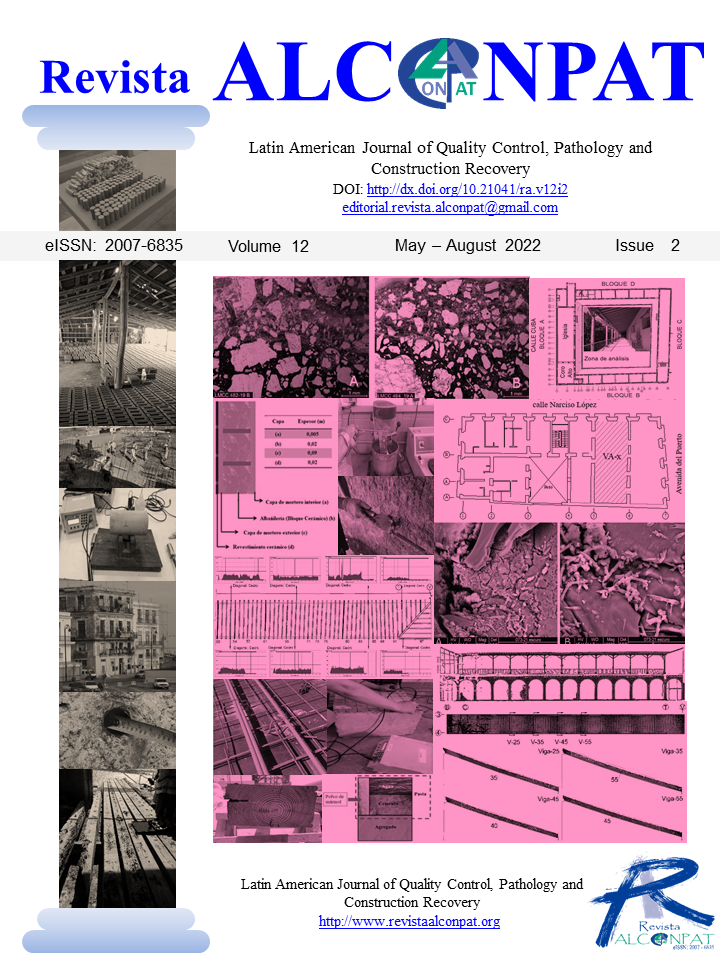













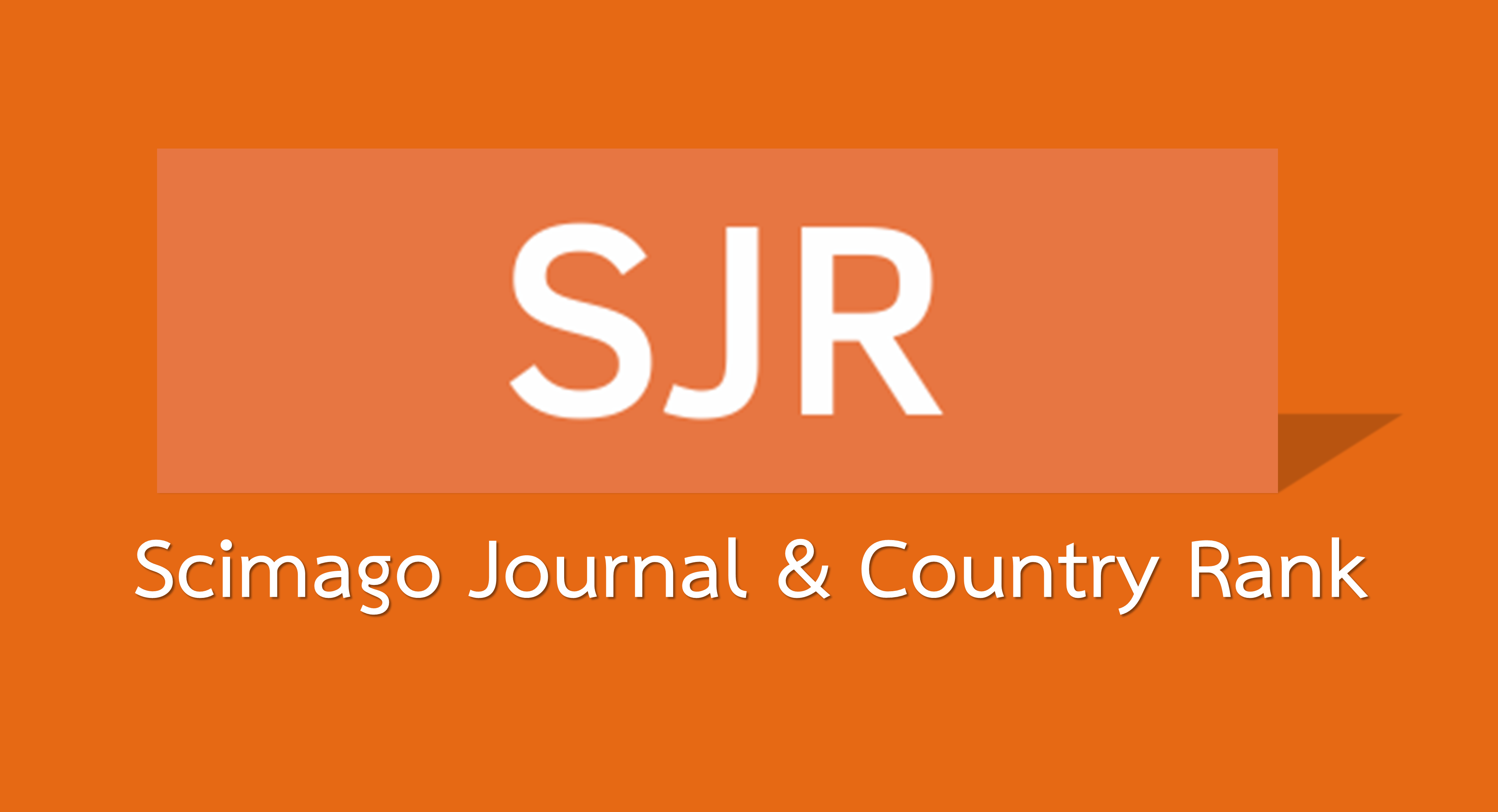




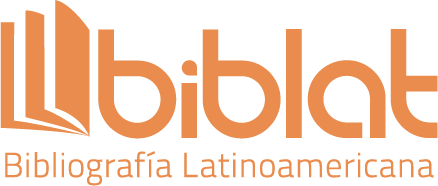
.png)

